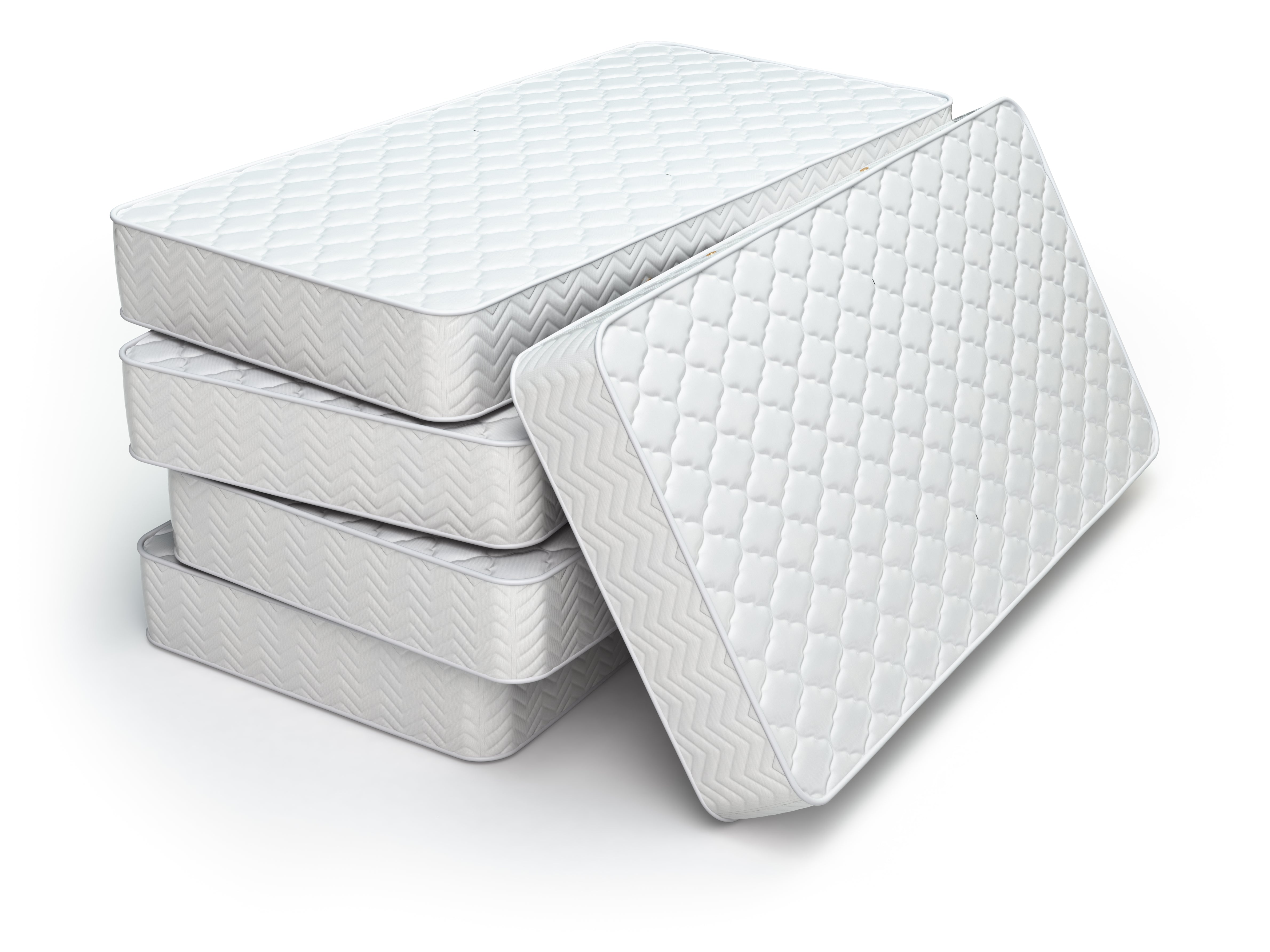For several weeks now, your back has been hurting. At first, you thought, “Bah, I'm imagining things!” but as time went on, you realized there was something wrong with your mattress, that you've owned for over a decade. You're going through the Internet, asking search engines, “Hey, do mattresses have to be replaced regularly?” To which every search engine answers “yes,” Bing included. You continue your search with the query “How long does a mattress last?” and come across this article from Polysleep. Keep on reading for the answer!
On average, a mattress should be replaced every 8 to 10 years! But why?
There you have it, the answer; on average, a well-chosen mattress will have a maximum life expectancy of about a decade. The reasons behind this precept are simple: support and hygiene!
When it comes to support, it will necessarily diminish over time, it's normal! In the case of foam mattresses, the different layers will have less resilience, and will logically end up flattening.
Besides, even if you follow the washing advice to the letter, you’ll never be able to completely restore your mattress to its former glory. Allergens, debris and moisture will naturally build up over time. As a result, the surface of your mattress will become progressively less healthy!

Several factors can help you maximize the service life of your mattress!
However, there are several ways that you can maximize the lifespan of your mattress, and one of the first comes from choosing the right mattress from the beginning. For example, if you choose a polyether foam mattress and not a polyurethane foam mattress, you will keep your mattress for a shorter period, in part because of the lower density of the former foam compared to the latter. Similarly, your mattress must be well-adapted to your morphology. If you choose a mattress that does not conform to your weight, it may be damaged more quickly!
Another determining factor is whether you use a bed base. By using one adapted to your mattress, the latter will benefit from more support. As a matter of fact, a bed base acts as a real cushioning system for your mattress, preventing in this way its premature sagging. It also allows for better air circulation, which will slow down the accumulation of humidity.

In the same vein, a room with a high level of humidity will necessarily shorten the service life of the mattress. Finally, leaving a foam mattress in its delivery box can influence its properties in terms of support and comfort. Take it out of the box as soon as you receive it!
What are the signs that it's time to replace your mattress?
There are many signs, starting with how long you and your mattress have been together. Don't forget, in ideal circumstances, you should change your mattress every 8-10 years and your bed base with it! In fact, a base in bad shape can quickly ruin your brand-new mattress.
Other signs will alert you that your mattress is due, starting with persistent back pain. This is a clear sign: it means that your mattress is no longer adequate to support you properly. And if your mattress has any pronounced bumps and lumps, change it right away!
Now you know when to change the components of your bedding, what factors affect the useful life of your mattress, and the signs that it's time to replace it. If you need to change your mattress and you've already decided on a foam mattress, discover without delay our mattresses with their unparalleled support-comfort-quality ratio on polysleep.ca!

If you liked our blog article, please don't forget to Share it with your friends by clicking the button below!










